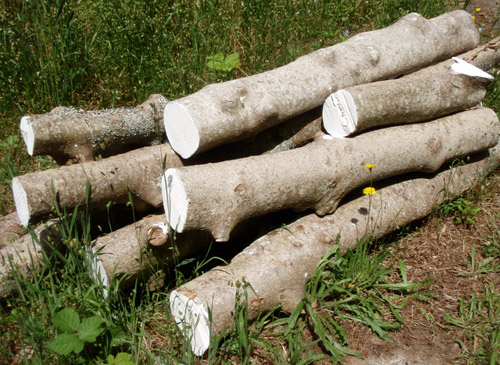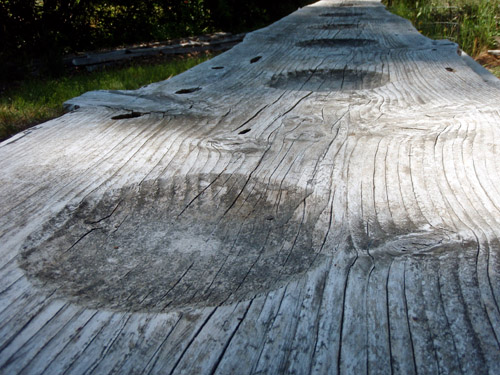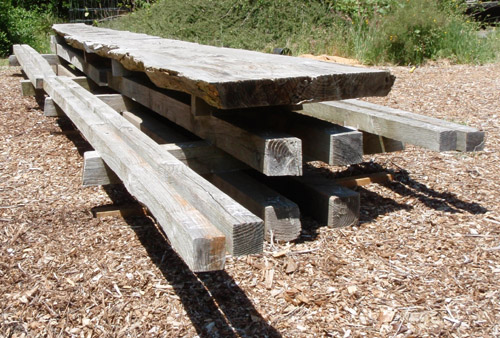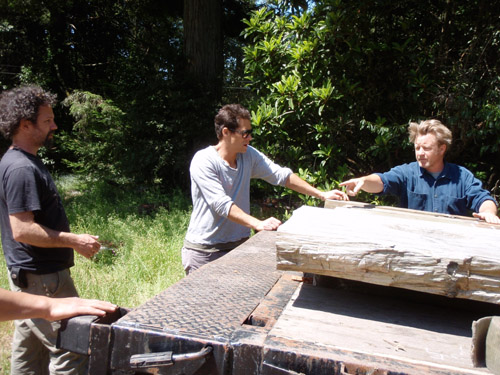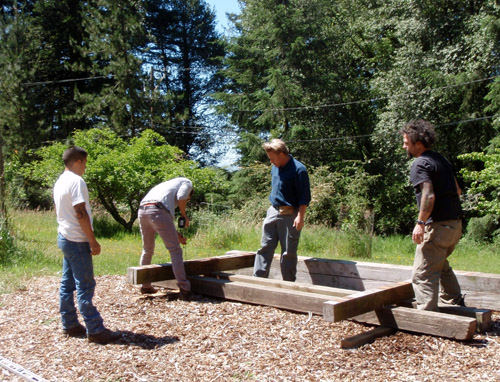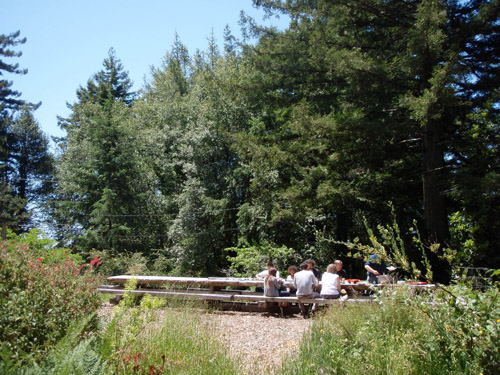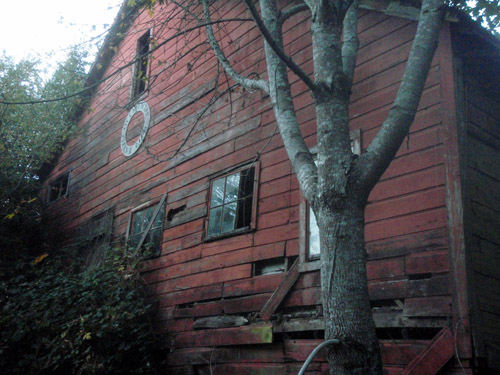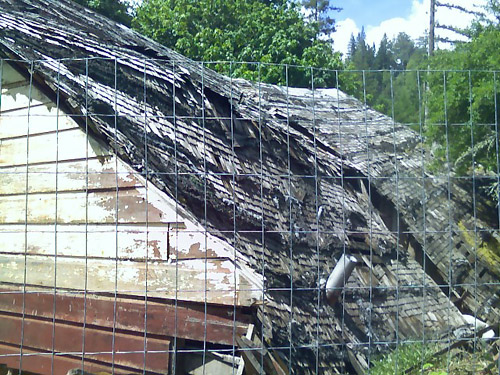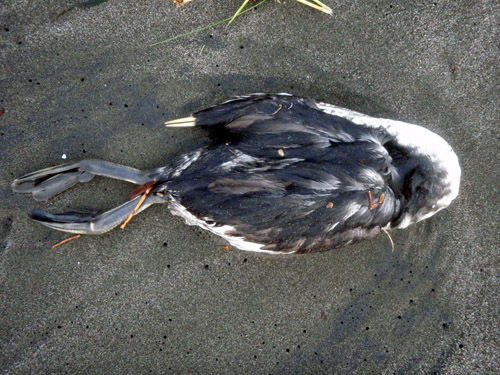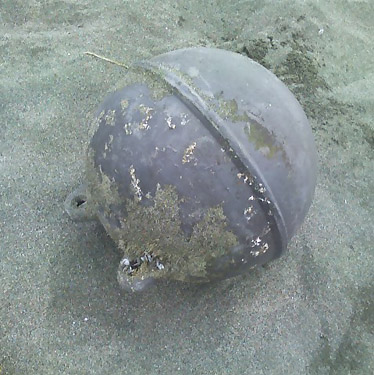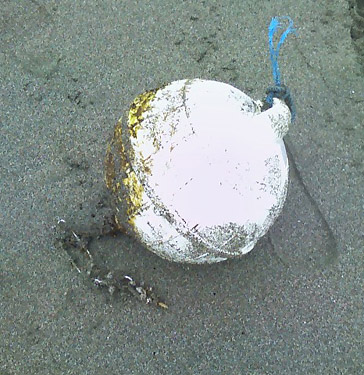
Model of Tsuru, commissioned for the new Ralph M Carr Judicial Center in Denver
We’re celebrating at the wowhaus studio after winning the public art commission for the courtyard of the new Ralph M Carr Colorado Judicial Center in Denver. We worked especially hard for this one, and the concept and presentation evolved collaboratively through a process Ene and I have honed over years of trial and error. We’re especially excited about the prospect of making another monumental sculpture to be cast in bronze and integrated into the landscape, where it will be accessible to the public and contribute to the daily lives of the people who work in the building.

Tsuru features a slightly larger than life bronze inspired by the Whooping Crane
Here is the text we wrote to accompany our presentation:
TSURU
“Conscience is the chamber of justice†– Origen
This artwork takes its inspiration from the crane, an ancient symbol of justice, peace, independence, and wisdom in many cultures. Among some Native Americans, this majestic bird was revered as an emblem of justice and intelligence. For the Japanese, the crane (“tsuruâ€) became a symbol of world peace in World War II as a Japanese girl tried to stave off leukemia caused by the bombing of Hiroshima by making 1,000 paper cranes. Sandhill cranes play a role in the local ecosystem, migrating annually through the Denver environs; many eagerly anticipate their seasonal arrival.
The crane embodies the independence and moral courage Ralph Carr brought to bear in resisting the internment of the Japanese during World War II.  The sculpture depicts a crane in flight, wings outstretched in a delicate state of balance, the stance echoing our quest for balance and equilibrium in the pursuit of justice. Finally, the sculpture has additional symbolism: the Whooping Crane, the only other crane in North America, is an endangered species, protected by the laws of the land. In this way, the artwork embodies the vital role that the legal system plays in protecting not only our citizens but the fragile ecosystems of our earth as well.
The focal point of the courtyard will be a bronze sculpture of a Whooping Crane rising in flight. This graceful form, feathered wings outstretched to a span of 8’, will be sited on a rise of native Bluestem grasses toward the rear of the lawn, with a total height of 8’.
The sculpture will be framed by a circle of granite stone elements radiating in a 4’ wide ring around the piece. Each of the cardinal points of the compass will be etched into the stone, orienting the viewer to their place in the landscape, just as the law orients and guides those seeking justice. The granite used to create this feature was reclaimed from the Justice Center Building that was demolished to make way for the new building. The artful repurposing of this material embodies an ethos of environmental responsibility; it also links the artwork aesthetically to the pavements surrounding the space, which is created from the same granite. Etched in the stone will be the phrase “Conscience is the chamber of justice.â€, a quotation from the ancient Greek Origen.
Flanking the sculpture will be a series of four elegant sculptural granite benches, also cut from the repurposed granite, laminated to form a solid mass of stone. Measuring 30â€l x 18†h x 16†deep, these curved seating elements, which provide a place for respite and reflection, echo the abstract form of a crane with wings outstretched.

